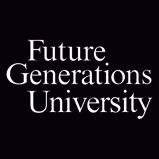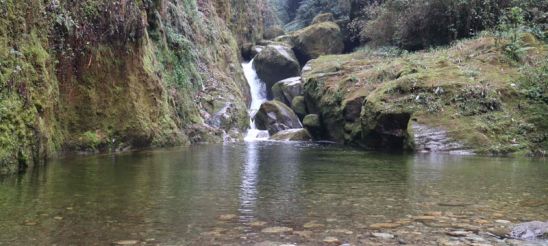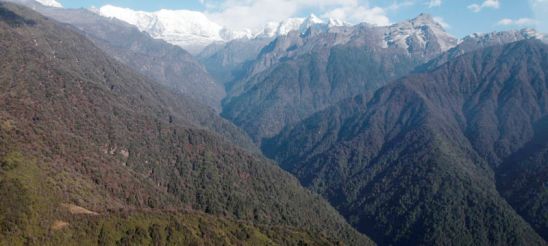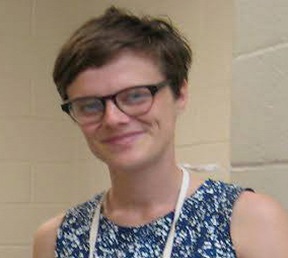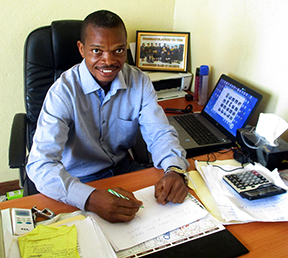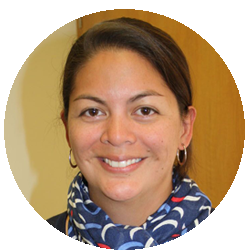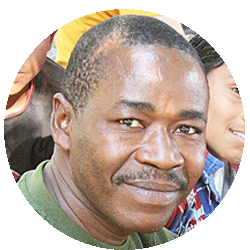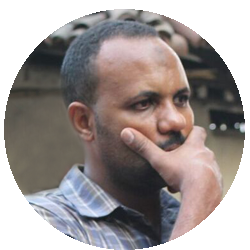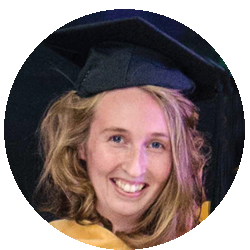The Mount Everest massif and Barun Valley is a first opportunity—“highest place on Earth for the highest priority.” As a monitoring method, technologies, and partnerships are perfected, other biomeridians will be added:
- A biomeridian in Africa, spanning similarly from the tropics to the arctic. Exactly which mountain slope should be chosen has not been determined. Very likely it will be in the Ruwenzori Mountains or Mount Kilimanjaro.
- The concept of biomeridian was discovered two centuries ago by Alexander von Humboldt on the Chimborazo volcano in South America. (More complete description below.) Now a permanent monitoring station will be set up on Chimborazo, and like Everest also a transect with wet/dry parallel options.
- Mauna Loa in Hawaii will be a fourth biomeridian that runs from snow-clad summits to the tropics—attractive also because this Earth’s longest monitoring of CO2 levels and because this mountain transect extends to 20,000 feet deep in the Pacific Ocean.
First Phase—Mount Everest/ Barun Valley Biomeridian
First Phase—Mount Everest/ Barun Valley Biomeridian
A first biomeridian will be established off the Mt Everest massif. In Nepal’s Makalu-Barun National Park, the Barun Valley is intact from biological tropics to its arctic-like summits (Everest, but also Lhotse 4th highest and Makalu 5th highest).
Few resident life forms are above 16,000 feet, while the valley bottom contains a rich biology with tropical species such as tree ferns. There are no villages in this valley, and only three very simple trails. Insofar as any place in the Himalaya is pure wild , the Barun is that place.
Here, a partnership of local people and scientists from around the world set up the first biomeridian in the winter of 2017-2018. The methods are still being worked out, more sensors and cameras are steadily being added.
Protected as the core of Nepal’s Makalu-Barun National Park, it still holds its natural balances. At the top are no resident life forms; further down are lichens, spiders, then plants and animals. This one valley system encompasses the wild diversity of Asia; it has, for example, all three species of leopard: common spotted, the exotic snow leopard, and the rare clouded leopard.
Land quadrant monitoring stations have been designated up the valley where all species in that quadrant are visually identified. At each station, in addition to visual monitoring is also audio with recorders with enhanced microphones that monitor birds and insects not only during the day but also the night, and through the cycle of 365 days of the year.
Importantly, north of the Barun Valley and parallel to it, also falling off Everest-Lhotse-Makalu, is a valley with drier biomes. In China’s Tibet is the Gama Valley, also pristine, with its valley bottom in the warm temperate zone extending up to the arctic. The Mount Everest biomeridian project will install monitoring stations through both valleys, one in Nepal and the second in China.
Kristen Baskin (Class of 2009) USA
Kristen Baskin (Class of 2009) USA
Future Generations taught me not to fear any kind of success – instead to collect the successes and walk forward with our community, keeping it going
Kristen Baskin (Class of 2009) USA
Mavis Windsor (Class of 2007), Canada
Mavis Windsor (Class of 2007), Canada
This is not a traditional program. It is interested in competency. We receive many action methodologies and instruments. This program helped me to be more sensitive, more human with people, and to have values in my work
Sabina Carlson (Class of 2013), Haiti
Sabina Carlson (Class of 2013), Haiti
Most of us have had this experience where the professors and the books have the knowledge. Here we’re introduced to the situation where the community has the knowledge and we’re learning from the community.
The professors are simply facilitating.
Sabina Carlson (Class of 2013), Haiti
Adolphus Dupley (Class of 2015), Liberia
Adolphus Dupley (Class of 2015), Liberia
Future Generations University provides one of the best opportunities for graduate education on the globe today. One can really come out of the program as an international caliber change agent
Adolphus Dupley (Class of 2015), Liberia
Paz Magat, Class 2013 (Philippines/U.S.)
Paz Magat, Class 2013 (Philippines/U.S.)
I came from…a very rigorous style of education and I felt that I learned stuff but it wasn’t stuff I could use in the real-world; it was interesting and fun but not that useful and I think that this [program’s] applied way of teaching is invaluable; there’s nothing I can take from any one class or even an experience outside the classroom setting that won’t relate to me in the future.
Amos Smith, Class 2014 (Liberia)
Amos Smith, Class 2014 (Liberia)
While in the program, I learned that community potential and resources are far better and more sustainable than outside help. We have shifted to giving greater responsibility to community leadership in project implementation. The results are remarkable. Our project rate has come under twelve months unlike the two years we had during the past
Omer Marouf, Class 2017 (Sudan)
Omer Marouf, Class 2017 (Sudan)
I applied for the Master’s program to facilitate positive change in my community, but soon realized that I had also started a positive change in myself. It challenged me to work harder, read more, and to benefit from the professional knowledge of the other students in my cohort. I’ve been able to disseminate learning to my community and facilitate the starting point for desired changes immediately.
Ashley Akers, Class 2017 (U.S.)
Ashley Akers, Class 2017 (U.S.)
Learning to build from the successes your community already has, honing leadership and evaluation skills, and learning how to move forward with your community as one has been an incredibly valuable experience. It has given me project management and leadership skills that will be directly applicable to my chosen career.
